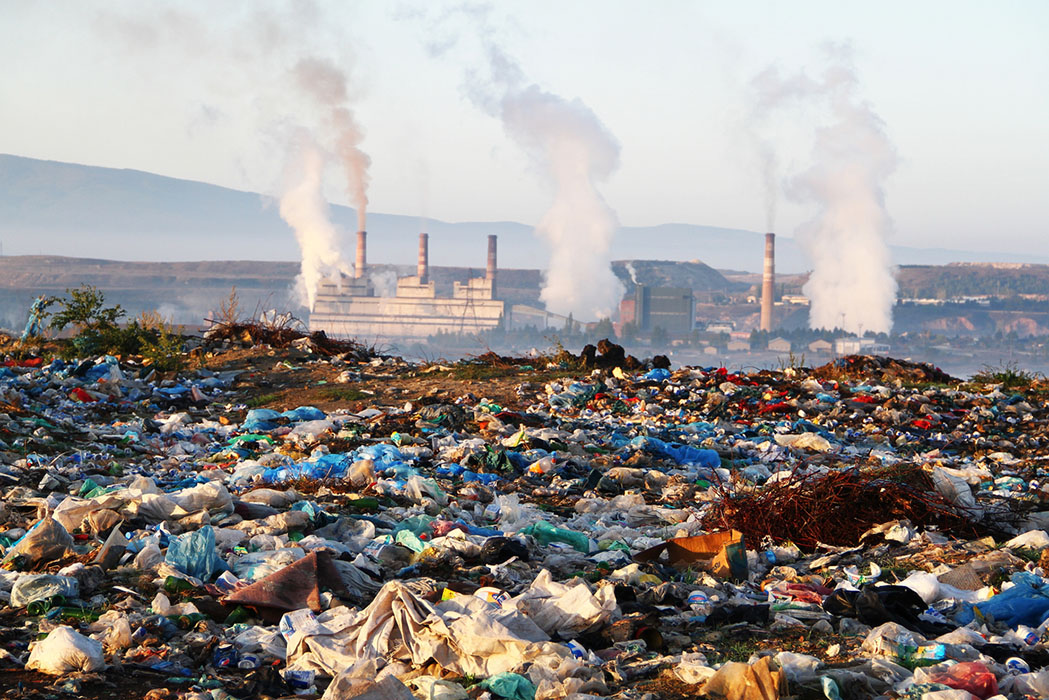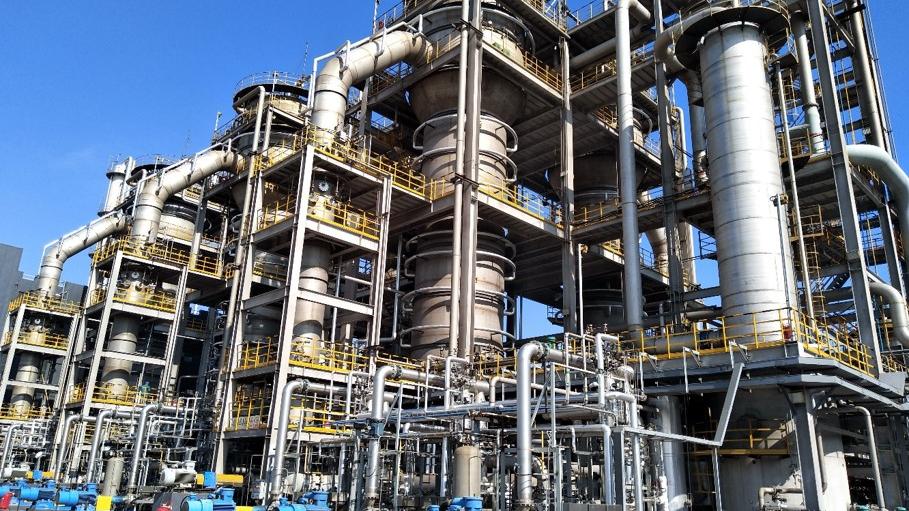If human civilization is to survive on this planet we must learn how to recycle the industrial chemicals that make modern society. That’s all there is to it. We cannot continue to produce plastics and them just throw them away without them clogging our rivers and oceans. We cannot go on manufacturing Chlorofluorocarbons (CFCs) without them leaking out and destroying the ozone layer. And most of all we cannot persist in burning fossil fuels and just releasing CO2 into the atmosphere without catastrophic effects on our climate.

It shouldn’t be too hard to accomplish. After all nature somehow managed to recycle the chemicals of life over and over again for billions of years without waste products accumulating and becoming a problem. Life here on Earth had evolved into a well tuned machine that took energy from the Sun and used it to cycle carbon through many different creatures. Much of that recycling was done by some of the simplest creatures, bacteria, who took the waste products, or corpses of larger living things and broke down the complex chemicals of ‘higher life forms’ so that they could be used again and again. Perhaps then, it might be a good idea for us to if possible find or otherwise develop strains of bacteria that can consume some of our waste products and convert them into substances that are not harmful, or perhaps even useful.


That is exactly what researchers at Northwestern University and the firm LanzaTech are doing. What the scientists have done is to select and modify a strain of bacteria in order to enable them to absorb CO2 and convert it into the useful chemicals acetone and isopropanol (IPA).

Both Acetone and IPA are industrial chemicals that are manufactured in large quantities from petroleum in processes that emit significant amounts of CO2. Acetone is a well known solvent for both plastics and synthetic fibers as well as being the most commonly used nail polish remover. On the other hand IPA is the main ingredient in many disinfectants including two that are recommended by the World Health Organization for their ability to kill the SARS-CoV-2 virus. Together these two compounds have a yearly sales market of over $10 billion. Techniques that could manufacture these chemicals in an environmentally friendly way would be a major step forward in developing a sustainable economy.

And new gas fermentation process that produces Acetone and IPA developed by Northwestern actually removes CO2 from the atmosphere helping to reduce the green house gasses already put there by power station and gas burning vehicles. Starting with an anaerobic (Non-oxygen breathing) bacterium called Clostridium autoethanogenum the researchers at LanzaTech succeeded in reprogramming the bacterium to ferment CO2 out of the air and convert it to IPA and acetone. As related by study co-author Michael Jewett, “By harnessing our capacity to partner with biology to make what is needed, on a sustainable and renewable basis, we can begin to take advantage of the available CO2 to transform the bioeconomy.”

Just another example of how building a sustainable society doesn’t have to mean going back to the Middle Ages. We can protect our planet, and all of the creatures on it if we just use our brains and are willing to try new techniques for manufacturing those products that a modern society requires. Bioengineering can help us to develop a bioeconomy, an economy that can work with the Earth instead of poisoning it.

